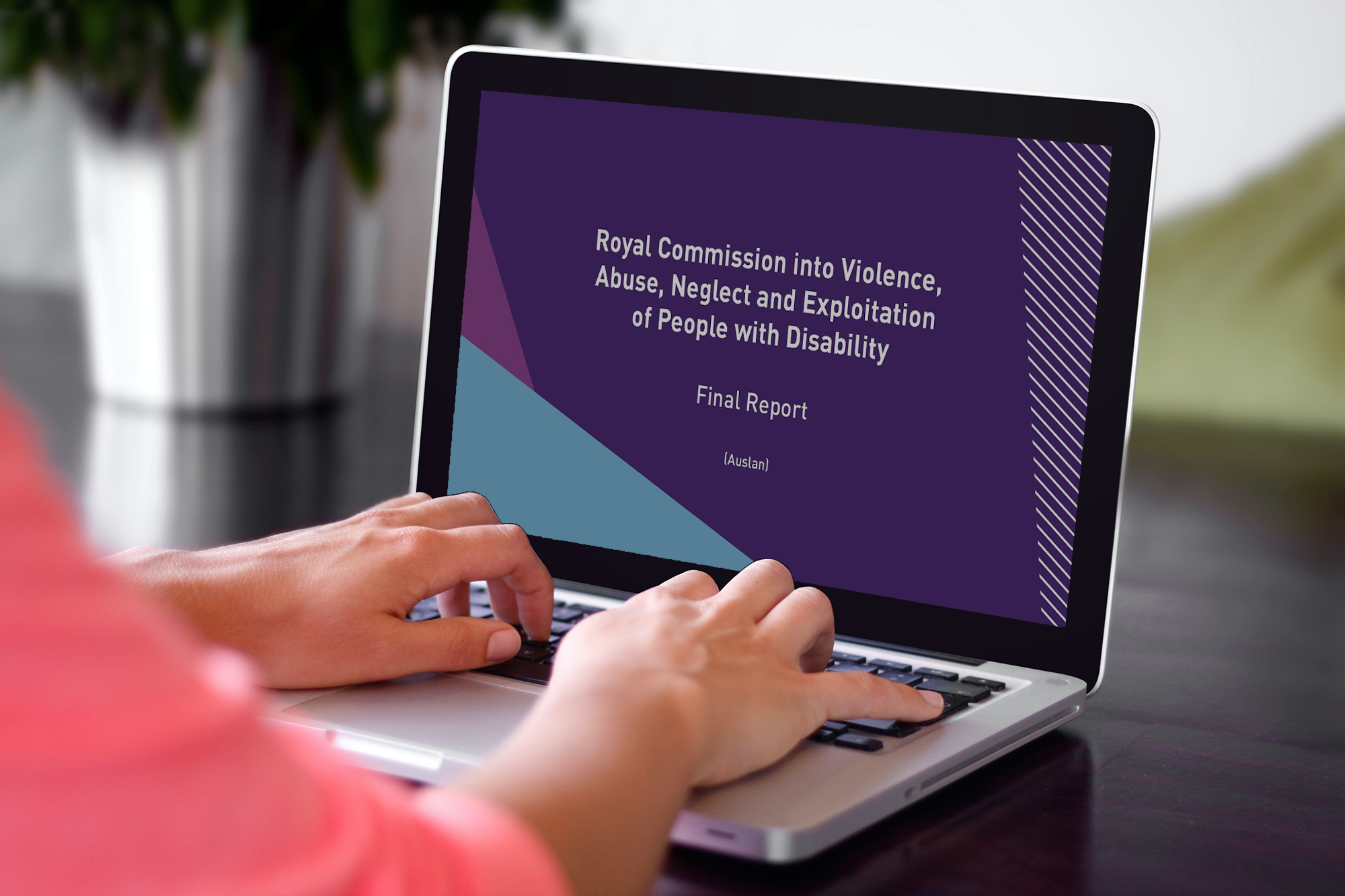Now that the transition period is underway for the Aged Care Quality Standards, we’ve put together this short blog post on what is new, and how your organisation can prepare for meeting the new requirements in time for the 1 July 2019 start date.
The first thing you may notice about the new Standards is that their structure and aim is quite different from the previous sets of Standards. Compared to the previous Residential Aged Care and Home Care Standards, these Standards may cause some organisations to wonder whether their current practices meet the requirements. The diagram below shows some of the differences between the existing Residential Aged Care standards, and the new Aged Care Quality Standards.

What's different?
- The goal: the best possible outcome for each consumer – How the consumer experiences the organisation’s services underpins the new Standards. Do their needs, goals and preferences shape the care and services they receive? Do they feel welcomed, valued, and feel that they belong? These Standards emphasise tailored, individual person-centred care for each consumer.
- Outcomes focus means that indicators are less prescriptive and more flexible – The Standards Guidance material highlights the flexible nature of the new Standards, and that they are open to interpretation depending on the type of services your organisation provides. Rather than provide a set of pre-defined focus areas, there is now the opportunity to consider how your service can best meet the required outcomes and the individual needs of consumers in a less prescriptive way. However, processes are still important! In mapping the new Standards into SPP, we have tried to strike a balance between providing useful guidance for the kinds of things to be considering, while still emphasising the focus on consumer outcomes.
- Greater compatibility with other types of service standards such as health care and disability means that the Standards are more streamlined for organisations that need to meet more than one set of standards. This is also reflected in the mapping of the new Standards in SPP, which has greater cross-mapping with many other sets of standards (especially compared with the old Residential Aged Care standards).
- Standard 1 Consumer Dignity and Choice emphasises that person-centred care underpins all the other standards, and should inform all aspects of care and services in your organisation.
- Standard 8 Organisational Governance contains some important new requirements, including the implementation of a clinical governance framework (if applicable), and greater accountability for the governing body to oversee and be responsible for the safety and quality of services.
How to prepare for transition with SPP
- Build awareness of the new Standards and guidance material
- Consider how they will inform your organisation’s culture and practices
- Ensure that the governing body leads and communicates the changes that are required
- Talk to consumers and their families, and support them to understand the Standards
- Self-assess and conduct a gap analysis
The best way to understand the requirements of the new Standards is to undertake the relevant self-assessments in SPP.- If you have already self-assessed against either the Residential Aged Care or Home Care Standards in SPP, you will immediately be able to see where the gaps are between these and the new Aged Care Quality Standards.
- If you are new to SPP, you can simply complete the self-assessments for the new Aged Care Quality standards. Where a requirement is not met, SPP will group together all your required actions into a ‘Standards Action Plan’, which can form the basis of your continuous improvement/transition plan.
- Make a transition plan.
This may include actions such as:- Reviewing existing systems or processes against best practice
- Training staff and volunteers to build their knowledge and capabilities
- Involving consumers, their families, staff and other relevant stakeholders in the transition process
- Implement and monitor the transition plan.
As you complete each action, you can view your progress against the Standards Action Plan, and the Standards Report in SPP.- Set realistic timeframes and goals for meeting specific actions in the transition plan
- Monitor the implementation of the plan and whether you are on track for the 1 July 2019 assessment start date
- Performance measurement against the new Standards needs to include systems to measure consumer outcomes – this is crucial to demonstrate that your organisation meets the new Standards!
Things to keep in mind
- Although your organisation needs to be working towards full compliance by 1 July 2019, you also need to be prepared for an unannounced assessment against the existing standards while they are in effect until this date. This means maintaining your systems and documentation to show alignment with the current standards while you are transitioning to the new Standards.
- The new Standards may raise the bar for consumer expectations and outcomes, however they are still considered to be the core minimum requirements for aged care – if achievable, organisations can (and should) go beyond these core requirements to provide a higher quality of care and services for consumers. This is where SPP is a valuable tool for continuous quality improvement, as it has detailed quizzes on many additional areas of quality and service delivery.


